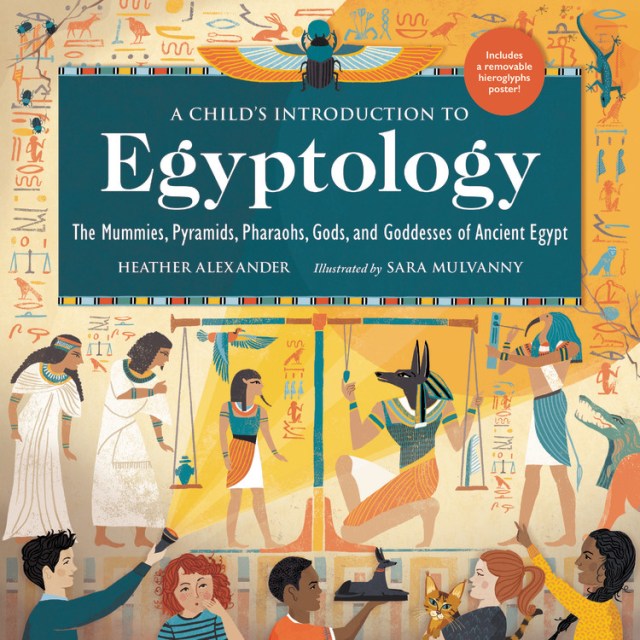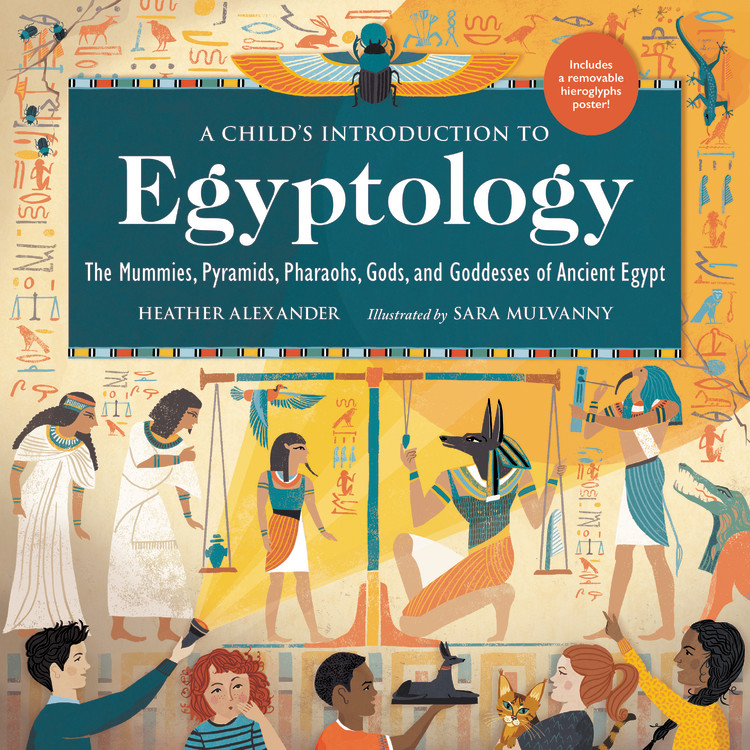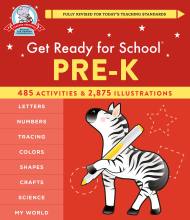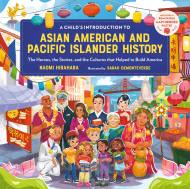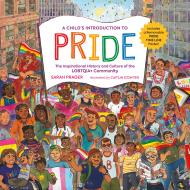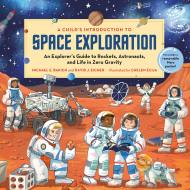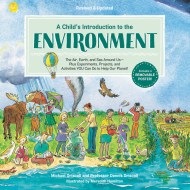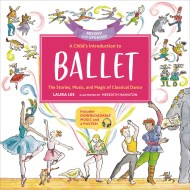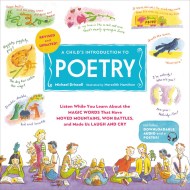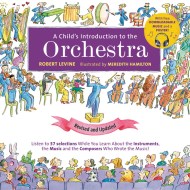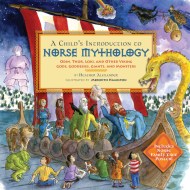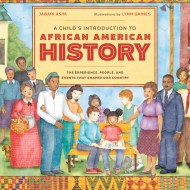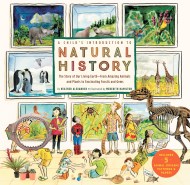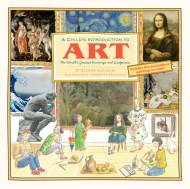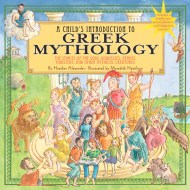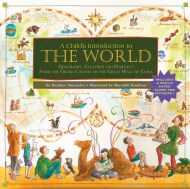Promotion
Use code BEST25 for 25% off storewide. Make sure to order by 11:59am, 12/12 for holiday delivery!
By clicking “Accept,” you agree to the use of cookies and similar technologies on your device as set forth in our Cookie Policy and our Privacy Policy. Please note that certain cookies are essential for this website to function properly and do not require user consent to be deployed.
A Child’s Introduction to Egyptology
The Mummies, Pyramids, Pharaohs, Gods, and Goddesses of Ancient Egypt
Contributors
Illustrated by Sara Mulvanny
Formats and Prices
- On Sale
- Mar 16, 2021
- Page Count
- 96 pages
- Publisher
- Black Dog & Leventhal
- ISBN-13
- 9780762471577
Price
$21.99Price
$28.99 CADFormat
Format:
- Hardcover $21.99 $28.99 CAD
- ebook $12.99 $16.99 CAD
This item is a preorder. Your payment method will be charged immediately, and the product is expected to ship on or around March 16, 2021. This date is subject to change due to shipping delays beyond our control.
Buy from Other Retailers:
This fact-filled book with original illustrations, a removable hieroglyphics poster, and activities like How to Mummify an Apple and Create Your Own Papyrus is perfect for every young, budding Egyptologist.
Series:
Newsletter Signup
By clicking ‘Sign Up,’ I acknowledge that I have read and agree to Hachette Book Group’s Privacy Policy and Terms of Use
